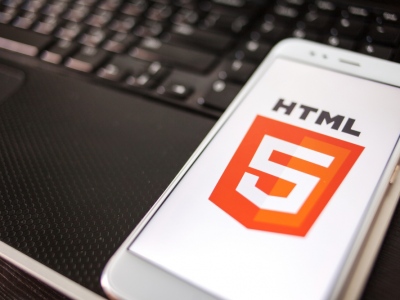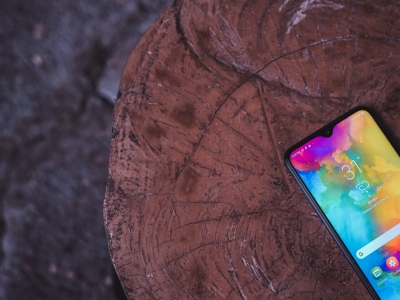This introduction to 4G was provided by guest author, Daniel Offer. Daniel offer operates the Facebook login application, Chit Chat for Facebook. His Facebook download makes it possible to access Facebook chat on your desktop.

Even my mother has one eye on her current mobile phone, and her other eye on the mobile phone that she’s going to get.
Indeed, being rudely stereotypical, it’s not often that you begin an article talking about your mother – no disrespect Mum! However – no other gadget grabs the attention of pretty much all demographics. To further illustrate my point, according to The Telegraph, India as a country has more mobile phones than toilets.
Let’s Talk About The Internet…
Now, be honest with yourself. Have you ever complained about the internet speed on your mobile phone? I’m just guessing here, but I would suggest that the answer to that question is yes for 99% of readers.
Whilst over the past decade we have seen 1G technologies replaced with 1.5 (remember WAP?) technologies, 2G technologies replacing 1.5G tech and then 3G technology replacing 2G technology, the fact remains that mobile internet speeds are on average far slower than wired broadband speeds.
As such, there is much excitement about 4G technologies that could transform the way in which we use our mobile phones. Speaking as a mobile phone developer that has made a “web enabled” phone application, the current implementation of internet technologies within mobile phones is woefully inadequate, it’s no surprise that the most popular applications on these Smart Phone market places are games that do not interact with the internet.
What Will 4G Technology Within Our Mobile Phones Bring Us
- Faster internet
- A new generation of advanced internet enabled phone applications
- More interactive technology within our phones
Let’s Talk Now…
At the time of writing (March 2012), if you’re looking to purchase a 4G mobile phone or tablet (iPad 3 anyhow?) and are based in Europe or Australia you’re going to be somewhat disappointed. I could use the analogy of the egg and the chicken, however, a modified analogy of oxygen and the chicken would probably be better.
In short, 4G technologies haven’t been rolled out in most of Europe yet – in fact, in the UK there are no consumer options for 4G connectivity technology. As such, if you’re an Apple fan boy and are drooling at the prospect of owning a 4G iPad, you’re paying for a whole lot of technology that you can’t actually really use to its fullest capacity yet. Indeed, if you were to buy a 4G iPad in the US and bring it over to the UK you’ll probably find that it won’t even work when 4G is rolled out. This is because it’s highly likely that the UK’s (and most of Europe’s) 4G will operate on different bands to the US.
Early adopters of technology have always either been burned or significantly contributed in that technology prospering in the mass market. It’s unlikely that 4G will fail as a technology, however, what is 4G and what 4G technology works within what devises may be subject to change.
There are five deadly sins of 4G that you should be aware of:
1. No Legal Definition
There is no legal definition of what 4G actually is.
Whilst manufactures don’t do it, they could in theory, describe “WAP” as a 4G technology if they wanted to. To provide an example on this point, Apple has changed its description of HSPA+ in its latest 5.1 OS update now describing it as 4G technology even though it’s described as a 3G technology in most of Europe.
2. Backwards Compatibility with 3G/2G Technologies
4G technology isn’t necessarily backwards compatible with 3G technologies. This is because 4G technologies operate at a different frequencies to 3G technologies.
You’ll need to check the devise that you wish to purchase to ensure that it is compatible with 3G technologies that operate in your country – the iPad 3 for example is compatible with HSPA, HSPA+ and EV-DO. Whilst you may not be familiar with these names, these are three of the main technologies on which “3G” operates.
3G technologies are useful in areas where 4G technologies have not yet been implemented but 3G have.
3. Not Available In Most Countries
In some of the most populated areas of the United States and Canada, 4G is available. However, it’s worth checking out whether it’s available in your area yet with your mobile network provider before investing in the latest mobile technology.
4. Different Technologies In Different Countries
Not only does 4G come in two different flavors LTE and WiMax it also operates at different frequencies.
Thankfully, regarding the frequencies – most manufacturers make their devises with a worldwide perspective. However, it’s worth checking. However, it’s worth checking whether your device that your looking into supports LTE, WiMax or both – and at which frequencies.
You may have heard of the phrases “quad,” “dual” or “tri” band frequencies in the purchasing of previous mobile phones. This relates to the frequencies in which calls and messages can be sent. This will also be applicable to 4G technology.
5. Cost
As a new technology, it’ll cost you more than a devise of the previous generation. Both in terms of the handset cost and using the data services.
Moreover, as 4G offers you faster internet speeds it’s likely that you’ll consume more bandwidth thus increasing cost.










Comments